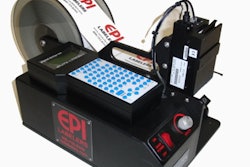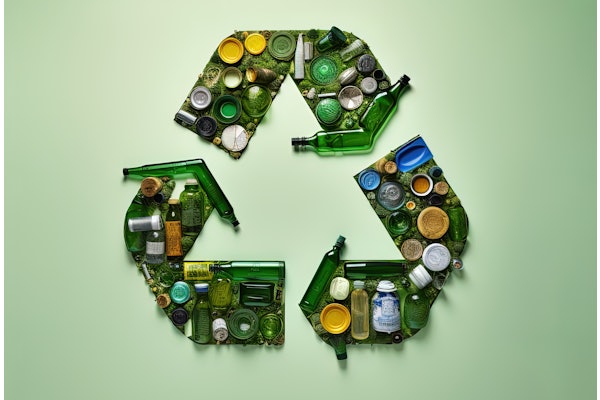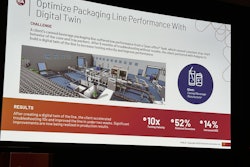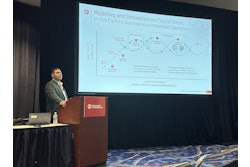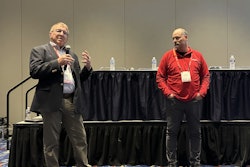FDA came out with a new draft guidance document in early June that helps industry understand the agency’s approach to products with nanoscale materials. But what it doesn’t do might be a bigger story.
FDA put forward the guidance for products containing nano-materials within FDA-regulated products in an attempt to provide “regulatory clarity” on FDA’s approach to nanotechnology. This new work builds on the work of a 2007 Nanotechnology Task Force. FDA acted in response to a White House statement of policy principles, which also inspired an EPA announcement the same day about that agency’s approach to nanotech substances in pesticides. And though FDA’s June announcement seems light on substance, FDA said it would be issuing even more specific guidance in the future.
Conspicuously missing from the new draft guidance is any definition of nanotechnology, which has been an issue plaguing industry and regulators trying to get a handle on this emerging field. The European Commission issued a 2010 draft recommendation with a definition of nanoscale materials, which refers to the 1-100 nanometers parameter.
When you intentionally make particles very small (say, 100 nanometers or less), they perform differently than traditional-sized particles of the same chemical. There is a lot more surface area on the nano than on the larger particle, and it can provide more effective chemical and physical properties. Although nanomaterials can be used to make foods, drugs, inks and other commercial products, packaging applications have been an early adopter.
The existential question is whether the nano-scale version of a substance is so different than the traditional version that you’d consider it a whole new chemical, worthy of its own separate, additional safety evaluation. So far, the scientists in the field are answering that question by saying, ‘Sometimes yes, sometimes no,’ and they aren’t yet able to generalize about when either answer would be forthcoming.
That’s reinforced by FDA’s new guidance document, which explicitly says that nanotechnology products will not be prejudged as either “intrinsically benign or harmful.”
The guidance is supposed to help industry decide when to consider “potential implications for regulatory status, safety, effectiveness, or public health impact that may arise with the application of nanotechnology in FDA-regulated products.” Nanotech products are addressed case-by-case “using FDA’s existing review processes.”
At its core, the FDA draft guidance document says that when considering whether an FDA-regulated product contains nanomaterials, FDA will ask:
• Whether an engineered material or end product has at least one dimension in the nanoscale range (approximately 1 to 100 nanometers) or
• Whether an engineered material or end product exhibits properties or phenomena, including physical or chemical properties or biological effects, that are attributable to its dimension(s), even if these dimensions fall outside the nanoscale range, up to 1,000 nms (one micrometer).
That second point is a bit of a potential bomb. With all the struggles over nanotech definitions, it’s still common to see the under-100 nm parameter cited. Now FDA says it will look carefully at products containing nanomaterials that might even be bigger than 100 nm, as long as they have properties or characteristics commonly associated with nanoscale materials. That holds out the possibility of expanding the universe of materials potentially singled out for special attention.
At least FDA is restricting itself to those nanomaterials that contain nanoscale substances made intentionally, sometimes referred to engineered nanoscale materials. Not so the EU. From the Europeans’ perspective, nano is nano, whether it was intentionally made that way or occurred naturally. In the EU’s new plastics regulation, nanomaterials are addressed, and it is clear that if you make a food additive via nanomaterials, it needs its own separate clearance within the positive list from the non-nano version of the material.
Remember, when trying to get a handle on what’s up in regulatory Europe, you need to look at the EU level, but also at what the individual EU countries are doing, since they keep much of their independence and sovereignty for making rules. So it’s useful to note that, separately, the German government came out recently with a draft ordinance on printing inks in contact with food that would have banned nanomaterials. However, based on comments, it said it will redraft that rule to allow pigments in printing inks made with nanomaterials.
Brussels-based scientist Dr. Anna Gergely told the PIRA Global Food Contact Conference in Frankfurt in June that the EU and individual Member States’ regulatory requirements continue to evolve, the governments are committed to the safe and sustainable development of the technology. She highlighted efforts underway in the EU to require reporting the manufacturing and use of nanomaterials for an inventory, and possible labeling when such materials are used. These steps go further than U.S. suggestions to date.
From the industry point of view, the goal in any policy toward nanomaterials is to avoid a public backlash, as has sometimes been seen with emerging new technologies. As long as the public is satisfied that this exciting new technology is safe and being appropriately addressed by industry and government, it should be possible to continue to develop it and take advantage of its many benefits. For now, FDA doesn’t appear to be putting road blocks in the way.





